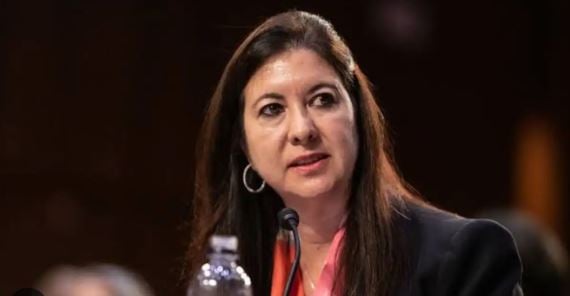Publisher: Maaal International Media Company
License: 465734
Dollar Sinks and Gold Surges as Fed Rate Cut Chances Increase
The dollar index on Friday retreated from a 2-month high and fell by -0.95%. The dollar tumbled Friday after the Jul payroll report showed the US labor market cooled more than expected, bolstering speculation the Fed may cut interest rates as soon as next month, according to Barchart.
Losses in the dollar accelerated after the Jul ISM manufacturing index contracted by the most in 9 months. The chance of a Fed rate cut at the September FOMC meeting rose to 84% from 40% before today’s payroll and ISM reports were released.
The dollar initially rallied to a 2-month high Friday on an increase in safe-haven demand after world equity markets tumbled on concern that President Trump’s tariff policies would derail the global economy. Friday’s sell-off in stocks has also boosted some liquidity demand for the dollar.
اقرأ المزيد
US Jul nonfarm payrolls rose by +73,000, weaker than expectations of +104,000, and Jun nonfarm payrolls were revised downward to +14,000 from the previously reported +147,000. The Jul unemployment rate rose +0.1 to 4.2%, right on expectations.
US Jul average hourly earnings rose +3.9% y/y, stronger than expectations of +3.8% y/y.
The US Jul ISM manufacturing index unexpectedly fell -1.0 to 48.0, weaker than expectations of an increase to 49.5 and the steepest pace of contraction in 9 months.
US Jun construction spending unexpectedly fell -0.4% m/m, weaker than expectations of no change.
The University of Michigan US Jul consumer sentiment index was revised lower to 61.7 from 61.8, weaker than expectations of an upward revision to 62.0.
Atlanta Fed President Raphael Bostic said inflation is still further from target than employment, and he’s not ready to increase projections for 2025 interest rate cuts.
Cleveland Fed President Beth Hammack said the US labor market still appears healthy, though today’s fresh job numbers constituted a “disappointing report to be sure.”
In the latest tariff news, President Trump late Thursday raised tariffs on some Canadian goods to 35%, and announced a 10% global minimum and 15% or higher tariffs for countries with trade surpluses with the US, effective after midnight on August 7.
Federal funds futures prices are discounting the chances for a -25 bp rate cut at 86% at the September 16-17 FOMC meeting and 65% at the following meeting on October 28-29.
EUR/USD (^EURUSD) recovered from a 1.5-month low Friday and rallied sharply by +1.11%. The euro surged Friday after the dollar sank on the weaker-than-expected US July payroll report. The euro also garnered support from Friday’s Eurozone economic news that showed the Eurozone Jul CPI rose more than expected, a hawkish factor for ECB policy.
The euro initially moved lower Friday on growth concerns in the Eurozone after President Trump announced a 10% global minimum and 15% or higher tariffs for countries with trade surpluses with the US. Also, Friday’s downward revision to the German Jul S&P manufacturing PMI was bearish for the euro.
Eurozone Jul CPI rose +2.0% y/y, stronger than expectations of +1.9% y/y. Jul core CPI rose +2.3% y/y, right on expectations.
The German Jul S&P manufacturing PMI was revised downward by -0.1 to 49.1 from the previously reported 49.2.
Swaps are pricing in an 18% chance of a -25 bp rate cut by the ECB at the September 11 policy meeting.
USD/JPY (^USDJPY) Friday sold off sharply lower by -2.00%. The yen recovered from a 4-month low against the dollar Friday and rallied sharply after Japan’s Finance Minister voiced concerns about the weak yen. Also, short covering emerged in the yen on an increase in safe-haven demand after global equity markets tumbled on President Trump’s tariff plans. Gains in the yen accelerated Friday after T-note yields dropped on the weaker-than-expected US July payroll and Jul ISM manufacturing reports.








